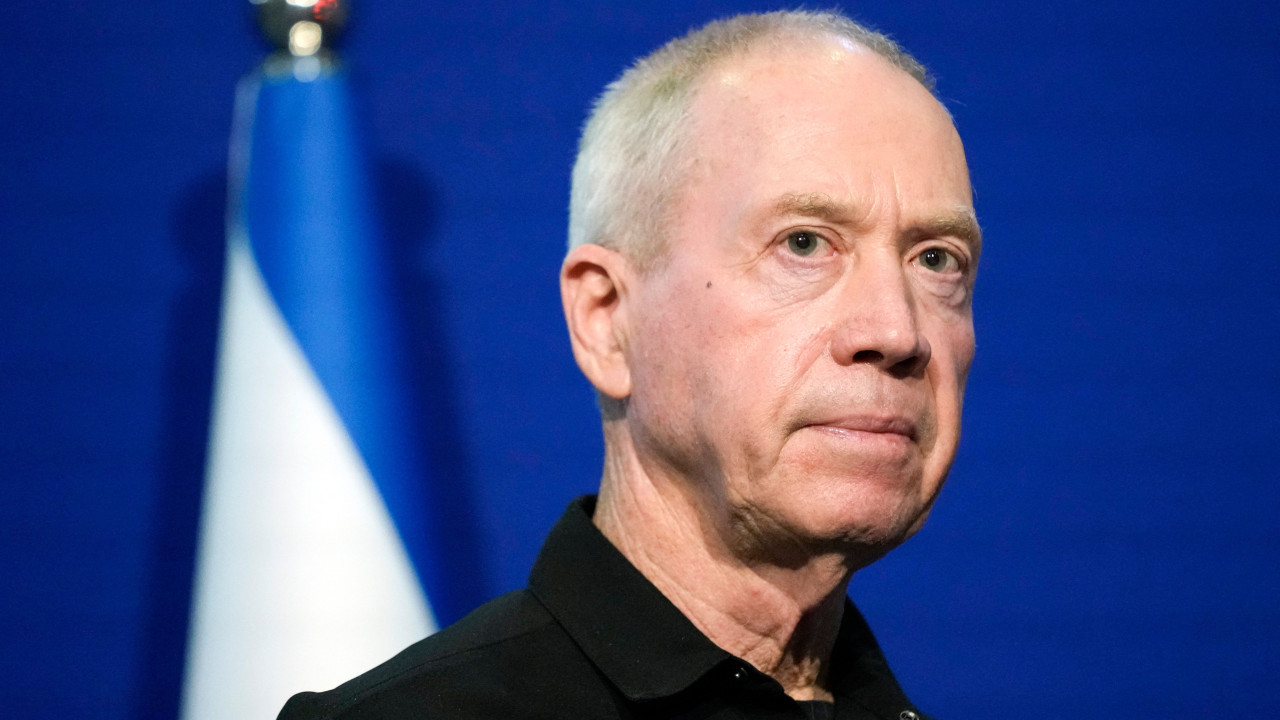
“O Hamas will not govern Gaza, Israel will not govern Gaza’s civilians. The residents of Gaza are Palestinians, therefore Palestinian organizations will be in charge, as long as there are no hostile actions or threats against the State of Israel”, highlighted this ministry, in a statement.
This post-war plan, which does not specify which Palestinian institutions would take control of the enclave, will be presented by Israeli Defense Minister Yoav Gallant to the war cabinet before US Secretary of State Antony Blinken’s next visit to Israel.
Netanyahu has repeatedly assured that he has no intention of handing over control of the Gaza Strip to the Palestinian National Authority (ANP), which governs small parts of the occupied West Bank, through its president Mahmoud Abbas.
More radical right-wing members of Netanyahu’s coalition publicly defended encouraging the emigration of Gazans to other countries and for Israel to resume its settlement policy in the enclave, which it dismantled in 2005.
But the Ministry of Defense released a different opinion this Thursday, guaranteeing that “there will be no Israeli civilian presence in the Gaza Strip”, although Israel apparently maintains the air, land and sea blockade it has exercised over the enclave since 2007.
“Due to security requirements, Israel will carry out inspection of goods entering the Gaza Strip,” the ministry said.
Furthermore, Gallant predicts that an international front, including the United States, European and Middle Eastern countries, will “take responsibility for the rehabilitation of the Gaza Strip.”
The United States — Israel’s main partner and which has supported the Jewish State even with the supply of weapons — wants the ANP to have some control over Gaza when the war ends, and defends a two-state solution to the Israeli conflict- Palestinian.
The ANP, with cooperation agreements with Israel based on the Oslo Accords (1993-1995), lost control of Gaza in 2007, when Hamas took power by force.
This Palestinian entity stated that it will only take over the administration of the enclave within the framework of a peace process with Israel that includes the creation of a Palestinian State, with East Jerusalem as the capital and the West Bank and Gaza as constituent territories, something that is very far from reality current.
The most recent conflict between Israel and Hamas was triggered by the unprecedented attack by the Palestinian Islamist movement on Israeli territory on October 7, massacring around 1,140 people, mostly civilians but also 400 soldiers, and taking more than 200 hostages, according to figures Tel Aviv officials.
In retaliation, Israel, which promised to eliminate the Palestinian movement considered terrorist by the European Union and the United States, launched a large-scale offensive in the Gaza Strip, where, according to the local government, more than 22,000 people have already been killed – most of them women. , children and adolescents — and more than 57 thousand injured, also mostly civilians.
The conflict also caused around 1.9 million people to be displaced (around 85% of the population), according to the UN, plunging the overpopulated and poor Palestinian enclave into a serious humanitarian crisis.
Read Also: Israel. Former military personnel will investigate security breaches that led to attacks
All News. By the Minute.
Eighth consecutive year Consumer Choice for Online Press.
Download our free App.
Source: https://www.noticiasaominuto.com/mundo/2473698/ministro-israelita-quer-solucao-onde-nem-telavive-nem-hamas-governem-gaza


